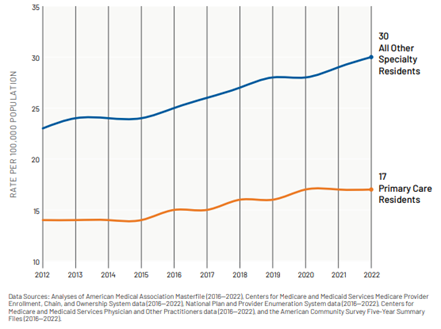The National Governors Association (NGA) hosted a Water Policy Institute for governors’ staff August 8-9, 2017, in Annapolis, Maryland, at which more than 40 state officials representing 30 governors’ offices attended.
The institute provided staff with information on the latest research and best practices on a wide array of issues, including water quality and quantity improvements.
Maryland Gov. Larry Hogan kicked off the event with welcoming remarks.
“Water policy has become increasingly important across the country as states face water shortages, floods and water quality issues that impact drinking water and public health, the environment and natural resources, economic development, food production and quality of life,” said Gov. Hogan. “For us, that all starts with our most important natural asset, the Chesapeake Bay. Here in Maryland we are striving to meet ongoing challenges and emerging opportunities with new tools, regulatory innovations and broader partnerships.”
In May, NGA launched the Water Policy Learning Network, which is co-chaired by Gov. Hogan and California Gov. Edmund G. Brown. Both California and Maryland are recognized leaders in water quality and conservation policy. The two administrations, along with an advisory group of water policy experts, help shape a water policy agenda for state officials to learn about best practices.
Presentation topics included innovations in funding and financing water infrastructure, prioritizing water investments for multiple benefits, planting the seeds for agricultural enhancements to water quality, governors’ role in coordinating water management, state policies to protect drinking water and more.
State teams were also able to participate in breakout sessions where they held peer-to-peer discussions on relevant topics.
Following his remarks to the institute, Gov. Hogan held a summit meeting at the Conowingo Dam in Darlington, Maryland, to announce an initiative to improve water quality in the Chesapeake Bay.
To learn more about the NGA Center for Best Practices Environment, Energy and Transportation Division, click here.












